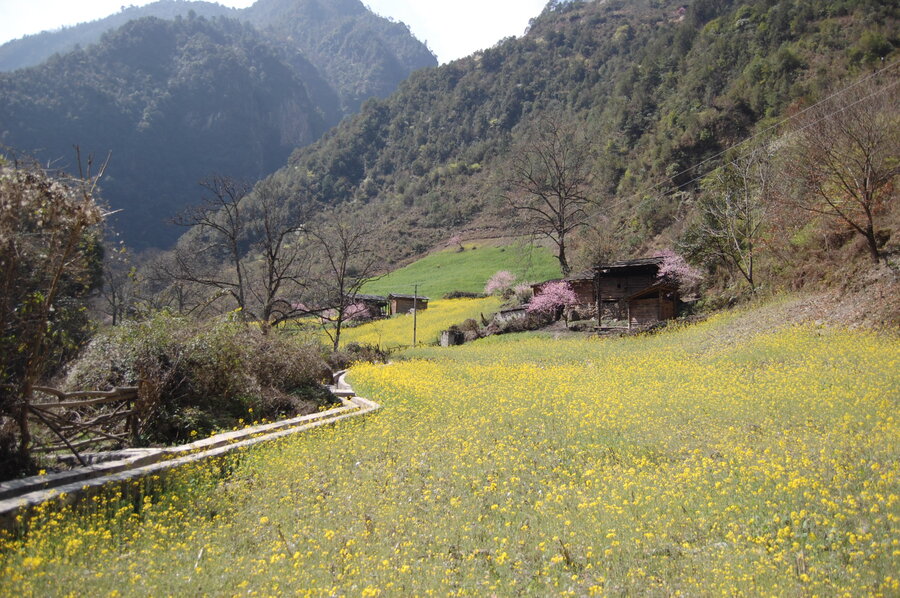Almost half of natural World Heritage sites under severe threat, says WWF
Loading...
Are economic growth and environmental conservation mutually exclusive?
Not at all, says a new report on United Nations World Heritage sites commissioned by the World Wildlife Fund (WWF). On the contrary, healthy environments often boost local economies, meaning that industrial expansion in natural heritage sites is a threat to those who live there, too.
World Heritage sites numbering 229 have been designated in 96 countries because UNESCO believes their "outstanding universal value" should belong to all people in the world, from Australia's Great Barrier Reef to Machu Picchu in Peru. But WWF's report, released Tuesday, estimates that almost half of these sites are threatened by industrial activities such as construction, mining, oil and gas exploration, illegal logging, or overfishing.
Eleven million people live within these 229 sites, interlinking the livelihoods as well as food and water sources with the area's preservation. More than 90 percent of natural World Heritage sites provide jobs and two-thirds of the sites are important sources of fresh water.
"The well-being of communities is being put at risk by harmful industrial activities that degrade the environment, and that compromise the ability of these places to provide economic and non-economic benefits that are so fundamental to local populations as well as to our global community," Marco Lambertini, director general of WWF International, writes in the report, calling for governments and businesses to "fulfill their commitments" to the World Heritage sites.
"Conserving the environment does not hurt economic opportunities, it allows us to build sustainably on these irreplaceable assets," Roberto Troya, WWF's director for Latin America and the Caribbean, says in a press release. Tourism, recreational activities, and exports that rely on the environment all boost local communities.
And while World Heritage sites make up only 0.5 percent of the Earth’s surface, they can offer a model for partnership between economic and environmental goals around the world.
In the wetlands of Ichkeul National Park in Tunisia, for example, a sustainable management plan has saved bird populations and helped double the number of tourists coming to birdwatch, hike, and camel trek with local guides. A new buffer zone around Chitwan National Park in Nepal has brought the community back on board, committing half of tourism revenue to local development, and returning people's vital rights to sustainably source wood and thatch inside the park. And Tubbataha Reefs Natural Park in the Philippines has ramped up their management of local fisheries, leading first to increased fish stocks and later to increased tourism and incomes.
"We need to wake up to the fact that people don't just protect these sites, these sites protect people," Mr. Lambertini says in a press release.
The report proposes five principles for promoting the mutual well-being of all Heritage Sites' inhabitants: assessing the sites' direct and indirect value; long-term thinking; local stakeholders; informed, transparent policymaking; and enforcement.








